Last Updated on August 5, 2021
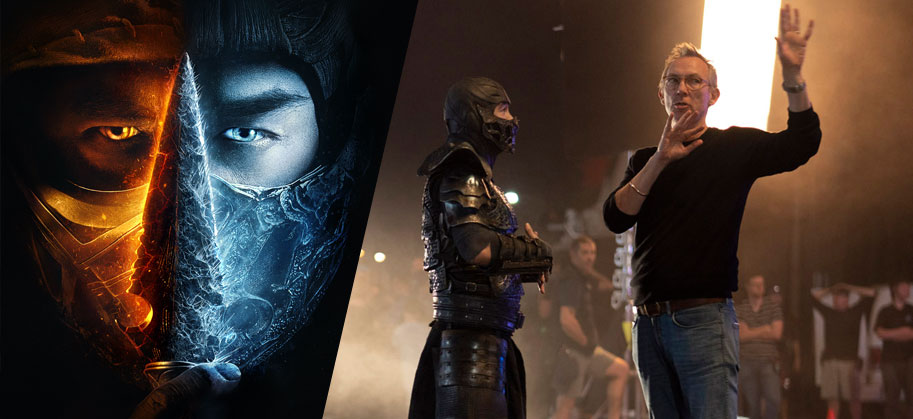
On the day that I arrived on the set of Mortal Kombat in Adelaide, Australia, I felt as if I’d just gone ten rounds with Sub-Zero before being cast into The Pit. This is what traveling for more than 24 hours with no sleep will often do to a person, and I was feeling it. However, the moment I stepped onto the bustling set, a surge of adrenaline began coursing through my veins, and I was ready for some action. While listening to a chorus of exotic birds, each one singing from within a wall of nearby trees, I couldn’t help but soak in every aspect of this incredible opportunity. I had traveled halfway around the world to witness the making of a film that some fans have been anticipating for more than a decade. For the next several hours, I was to shake hands with some of the greatest martial arts actors from across the globe. My inner child was screaming.
An important thing to remember about the following coverage is that my fellow journalists and I were guests of an active set. As such, there was an abundance of outside noise to contend with throughout the day, be it the deafening beeps of a forklift, relentless hammering, or the screams of a nearby actor as they found themselves on the fatal end of a flawless victory. Due to these circumstances, portions of the following interviews will be presented as a mix of direct quotes and summarizations of what I learned.
E. Bennett Walsh, Executive Producer:
Before venturing into a nearby building that housed several sets and sound stages to be featured in Mortal Kombat, we were greeted by E. Bennett Walsh, an executive producer on the highly-anticipated, R-rated reboot that we were all there to learn more about. Looking like he’d just returned from safari, with a beige pair of shorts, vest, and hat to match, Walsh began fielding our questions with authority and relaxed humor.
On the importance of Lewis Tan’s Cole Young, and how his character serves a specific function for audiences watching Mortal Kombat:
“He’s our introduction to the world of Mortal Kombat. He’s our narrator. Along that same line, Cole allows us to cut down on formal introductions and mini origin stories. With Cole, you’re meeting characters in real-time. The story can be more fluid. It has to be because a movie is completely different than a video game. It’s a matter of structure and time. The game has so much more time on us. You can’t expect us to be caught up with the lore of the game from the start. It’s impossible. We made a conscious decision to make a classic movie that can set up the world for everybody.”
On casting the right people while also trying to remain true to the source material:
“Casting was extremely important. Not only did we want to be true to who the characters are, culturally, but we also needed people who could fight and act. We got very lucky in that every single person we went after said yes. Like Joe Taslim. He was the first one, and he was the key. We asked him if he wanted to be Sub-Zero and he said yes immediately. Once other people started signing on, we had to ask: how do we move all of them around? How do you make sure they all have an opportunity to be their best but also have a character that’s worthy of Mortal Kombat?”
On every member of the main cast doing their stunts:
“These guys are the best at what they do. When you meet Lewis, I guarantee that within twelve seconds he’ll say that he’s not letting us do anything. He’s done every piece of fighting choreography. They all have. Some fights require 50 to 60 beats of fight choreography, and they just do it. Plus, they’re really hitting each other. It’s no joke. You’ve got movies like Deadpool that are doing things like that, but not on this scale.”
On expanding the scope of the film and learning from the “Marvel method” of world-building:
“Once we brought James Wan and Greg Russo onto the film, we thought, how can we blow this out? It can’t just be a bunch of characters in an apartment building kicking the shit out of each other. We thought, what would Marvel do? How were the Avengers assembled? You start with one guy who is a point of access. You know, Iron Man. You don’t just start with the Avengers. We started neutral, with Cole, and then set up a canvas where we can meet all the characters that people love. You’re never going to get everybody’s favorite character, but we tried to get the right characters for this movie.”
On the problem with recreating fatalities certain featured in the video games for the film:
“The problem with the fatalities, in general, is that MPAA is very different from the ESRB. In the game, they’re all CGI characters. They’re not real. This allows the game makers to raise the bar of the violence, right? I’m under the restrictions of the Motion Picture Association of America. I have to live inside those rules. We’re going to do as much as we can, I can promise you that.”
On prioritizing practical effects over digital:
“It’s so easy to fall back on special effects. I think every movie uses special effects to some point, but Simon has wanted to go as practical as possible. We’ve got the least amount of blue-screen that I’ve ever encountered. Simon pushes it to a point where if it doesn’t work, then we’ll go to digital effects.
“In Raiden’s temple, there’s a hallway called Living Mirrors. It serves as a tale of past battles. In the script, the mirrors were an animated hologram. Then Simon asked, what would it be if it wasn’t? The production designer then came up with a series of glass panels (between five and 6) and they were painted. When you go across them with the camera, it looks like a special effect. It’s completely practical, and we would not have normally gone there but Simon said let’s do it. I love prosthetics and practical effects. They’re just fun. A digital blood spurt is not a practical thing.”
On upgrading character fighting styles for the film:
“Absolutely. It’s a challenge. All I do is action movies. The audience gets more and more sophisticated every time, so you’re constantly trying to update. Our fight team is great. Having people like Joe and Ludi Lin, they are as fanatic about the action as they are about their characters. One of the hardest things to do in action is to have a narrative. When I started with Simon I said Simon, in each of the fights, come with a point of view and a narrative, because that’s going to make for a much more dynamic fight. We only have something like 13 or 16 fights in this movie. We did an action graph so that we could see what’s going on. What’s the intensity? We wanted to make sure that the action never flatlines.”
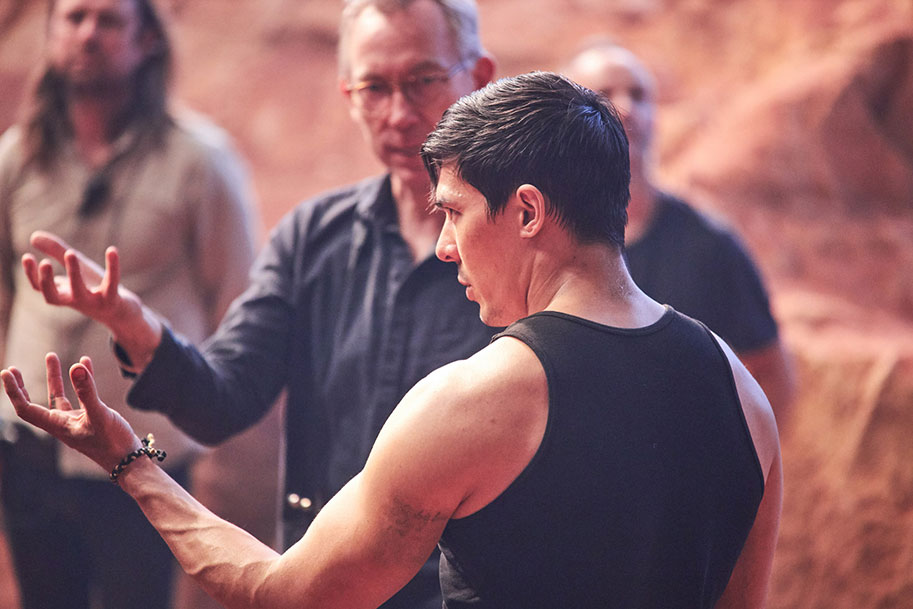
Shortly after our time with E. Bennett Walsh had come to an end, our liaison ushered the group over to a nearby tent, where Mortal Kombat director Simon McQuoid was waiting. Inside the tent was a series of chairs, each with headphones, with a monitor showing footage from the film on a loop at the far end of the makeshift viewing room. Almost immediately, McQuoid began talking to us about a conversation he had with British composer Benjamin Wallfisch, and how his idea for a new Mortal Kombat theme would be instrumental in convincing others to join the R-rated reboot.
Simon McQuoid, Director:
On hearing Wallfisch’s new Mortal Kombat theme for the first time:
“One of the things we’ve been talking about throughout development is respect. Respect for the fans. Respect for the characters, and respect for the canon of the game. The execution ultimately considers that as the absolute bedrock.
So he [Wallfisch] came in knowing that. He said, do you think there’s anything we can do with the distinct music? And I said yeah. What we’re doing is taking well-known material and we’re elevating it. We’re taking it very seriously, though that doesn’t mean that there’s not comedy and levity throughout the film. We’re taking it seriously and making sure that everything is thought through.
He said well, I’ve done a demo track. Do you want to hear it? In that meeting I sort of fell off my chair and then got back on and said, yes, I want to hear it. He played it for me, and I literally had sweat on my phone. It was incredible. And so this piece of music made my life so much easier. When talking with actors, I didn’t have to pitch them so hard because I had this piece of music for them and they knew exactly what kind of movie we were making.”
It was at this point in the presentation when McQuoid called for a sample of Wallfisch’s Mortal Kombat score to come thundering through the headsets that had been set up for the group. Coming in at a volume that rivals Spinal Tap’s concept of eleven, the piece began with a series of electronic keys, with each note building in its intensity, creating an atmospheric, almost ethereal landscape for as far as your mind’s eye could see. Next came a precise rhythm of taiko drums, their massive notes echoing out, a signal for the swelling violins to sing their song.
As the music filled my ears, a video featuring several of the film’s actors started to play on the monitor. For the video, each cast member was dressed as their respective Mortal Kombat character while performing a variety of gestures, ranging from fighting stances to general goofing around. There to mug for the camera were Mechad Brooks (Jax), Jessica McNamee (Sonya Blade), Ludi Lin (Liu Kang), Tadanobu Asano (Raiden), Josh Lawson (Kano), and Joe Taslim (Sub-Zero). As I scanned their ornate costumes and watched as they channeled the mannerisms and attitudes of their characters, I said to myself holy shit, this production is legit, and fans are likely to lose their damn minds when they see this movie. Again, my inner child started screaming.
On respecting the characters of Mortal Kombat:
“Mortal Kombat, for me, is widely popular because of the characters. The characters are ultimately the engine of this title. There’s the canon, all the backstory, all the detail. Every character has had enormous layers of backstory added to them but, really when I talk about respect to the characters, I’m also talking about respect to the fans. How they [the characters] get presented, brought to the fans, and also to the new audience, because they’re fantastic characters and I wanted to pay them the respect and bring them to a place that feels like we give a shit, and that they’re elevated and we can get sort of excited by Sub-Zero. Joe Taslim manifesting Sub-Zero is a pretty exciting thing to see.”
On the most joyous aspect of getting to make Mortal Kombat and how Kano provides some much-needed levity for the film:
“Everything needs to feel authentic and real. A lot of the stuff we’re doing is in-camera. It’s not people running around in a parking lot with a big blue screen behind them. We’re shooting tons of stuff on-location and a lot of the stuff is in-camera. A lot of the fights are in-camera, and we just enhance them. There’s a connective tissue between the audience and what they’re seeing. It doesn’t feel like there’s that veneer of special effects over everything. That, for me, is the ultimate fantasy of science fiction film, is when you believe. And the way you believe is to make these very authentic scenes and characters and things that have a great heart to them.
That’s what’s been the most joyous experience for me in bringing this to life is to breathe life into these characters. There’s a lot of comedy, a lot of laughs. Kano provides an enormous amount of comedy within. He helps undercut the canon of Mortal Kombat concerning the Elder Gods. There’s lots of dialogue that talks about that stuff, so it’s nice to have Kano come in and make sure that we’re not taking ourselves too seriously.”
On his personal history, and connection to Mortal Kombat:
“I played it when I was younger when it first came out. I wouldn’t have called myself a rabid fan of it. I feel like I’ve gone back to Mortal Kombat University in the development process. I also surround myself with a shitload of people who know more about it than me. There’s a lot to know.”
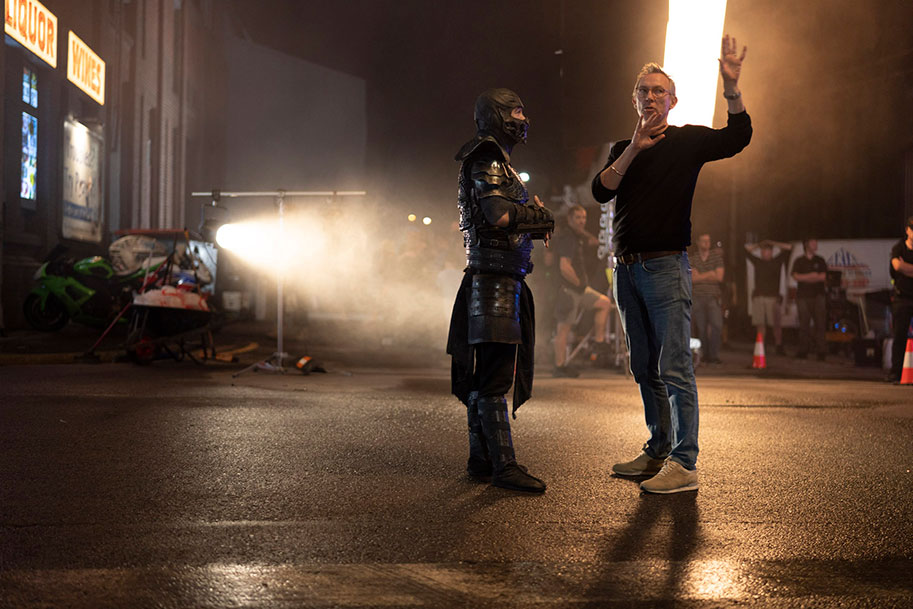
On balancing fan expectations with those who are unfamiliar with Mortal Kombat:
“Once we’d studied and had gotten to understand all the characters some themes and storylines are very universal: Good versus evil, the hierarchy of evil, a hierarchy of good relationships. It was really about taking the qualities and the properties from within the canon of the game. That then became a sort of a universal theme of our storyline.
There’s an introduction to the movie that does set the table for the characters you’re about to see. There were some very specific structural things within the story. A lot of the time two things are going on at once. When I know a fan is going to love this moment I also have to think oh, it can’t be too inside all the time. I want every character to have their introduction, something that embodies their spirit and where they come from. I think we’ve managed to straddle the two pretty well.”
On balancing screen time for both the actors and their characters:
“We’ve tried our best to make the fights very innovative. We want to drive both the character and story forward within the fights. We spent a lot of time on that. The fight scenes are incredible in the movie. The first thing I said to Kyle – who’s the stunt coordinator and runs the whole thing – I said, okay Kyle, you have to make the best fights that have ever been put on film. No pressure.”
On how many gallons of blood were used to make the film:
“I don’t know the gallon number, but I’ve seen drums of blood sitting around the set. Another word that I keep boring everyone with regarding this movie is authenticity, as well as respect. The authenticity comes from how we present the characters, as well as how the costumes feel. Do they feel light? Do they look as if they’ve been around for centuries? Does it feel like there’s a nobility to this character? As far as things like blood, does it feel authentic? An audience feels the power of that authenticity because you believe it. There’s a lot of blood, but when there’s a serious moment, I didn’t want it to get comedic.”
For more about the new Mortal Kombat, including interviews with the director, cast, and crew, be sure to check out our extensive coverage:
Mortal Kombat: 50 Things to Know About the Hardcore Reboot
Mortal Kombat Interviews: Lewis Tan, Joe Taslim, Ludi Lin, and more






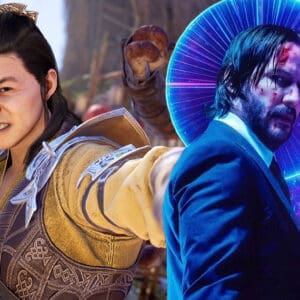


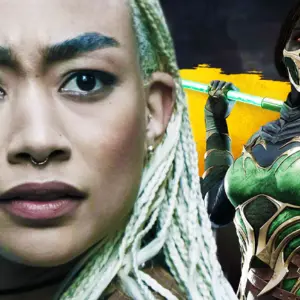
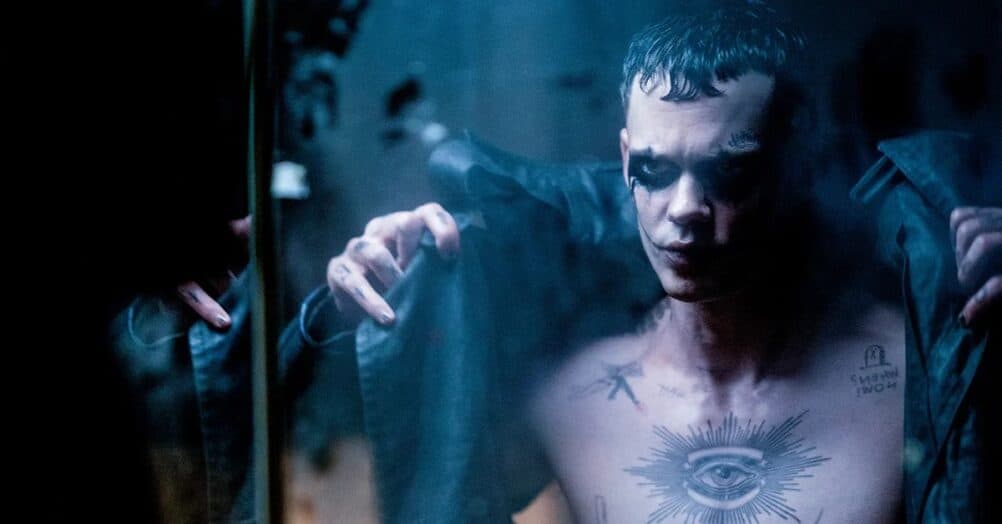
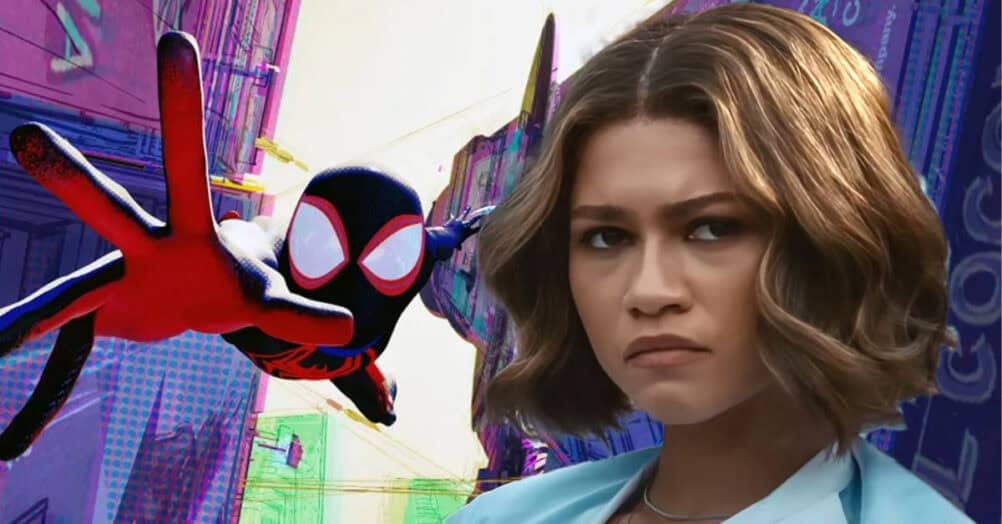
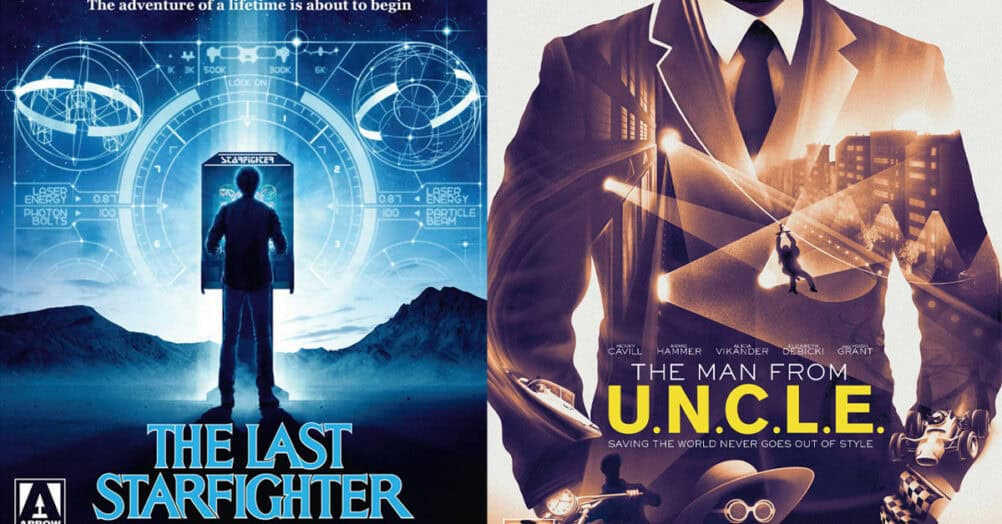
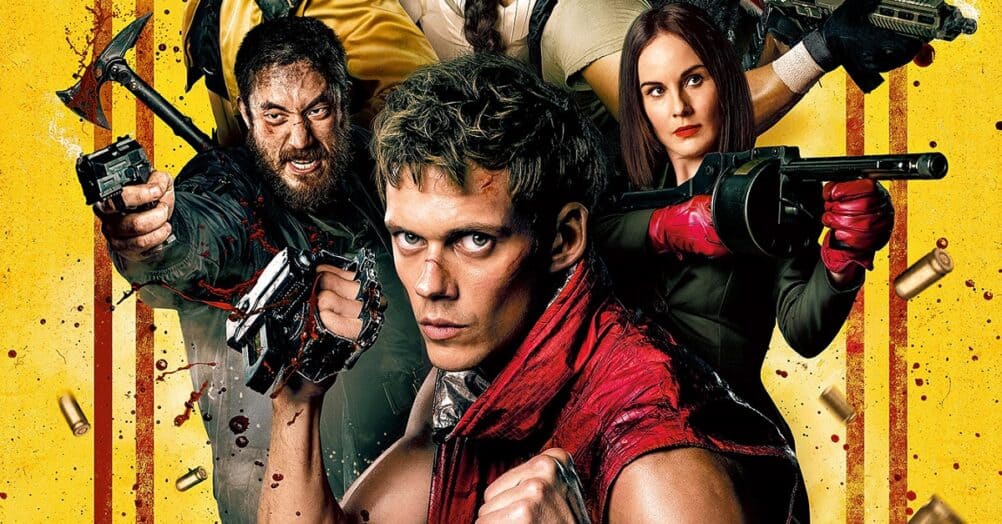
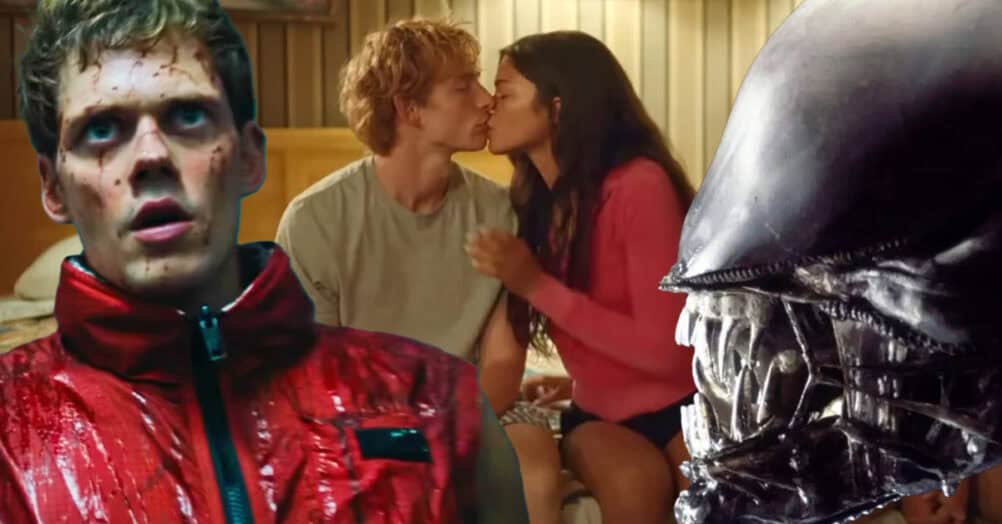
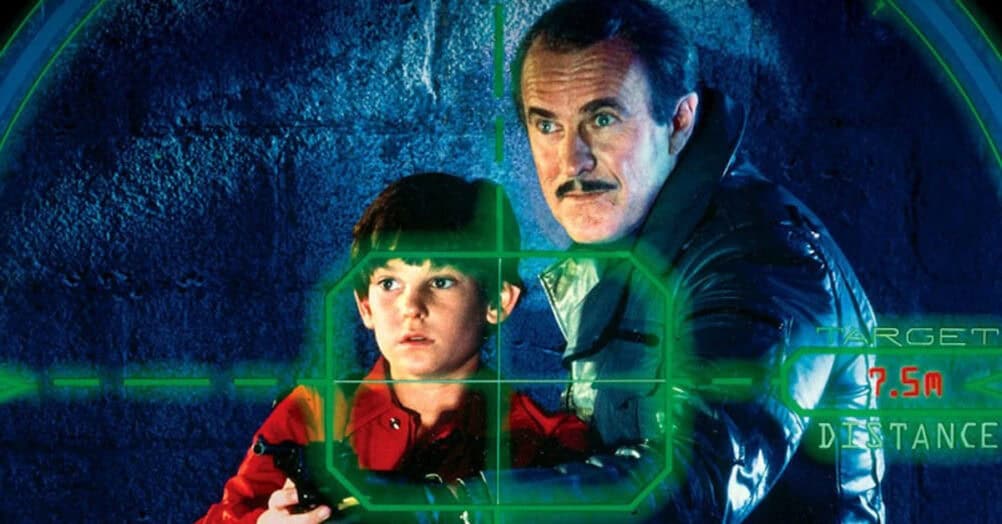
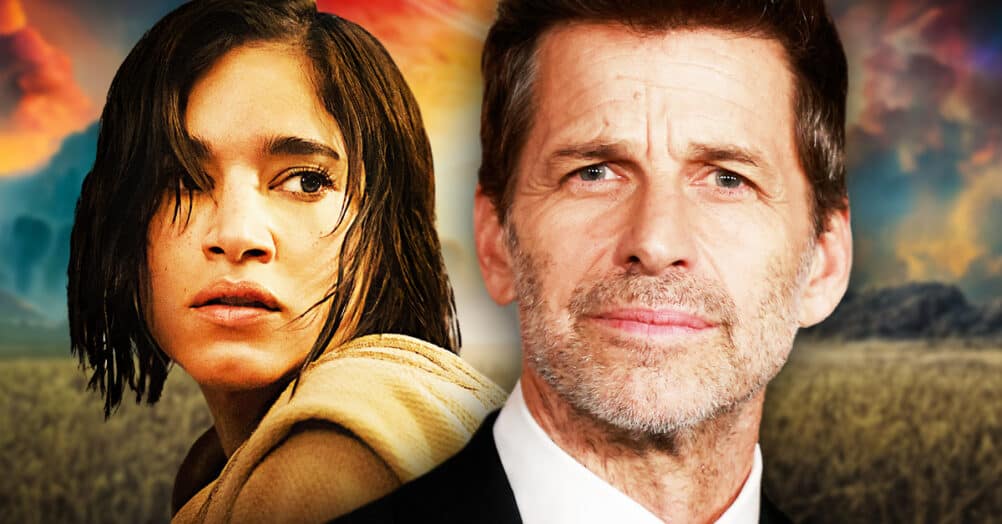
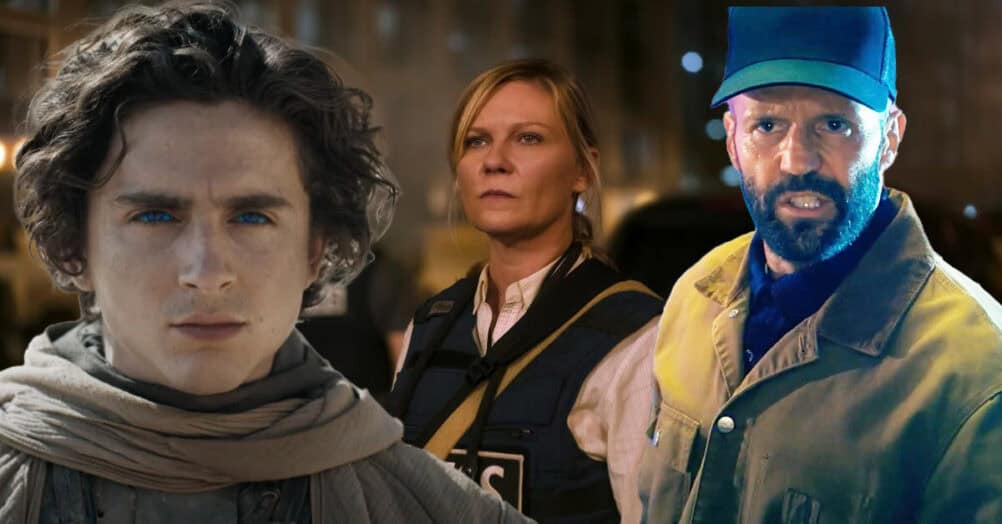
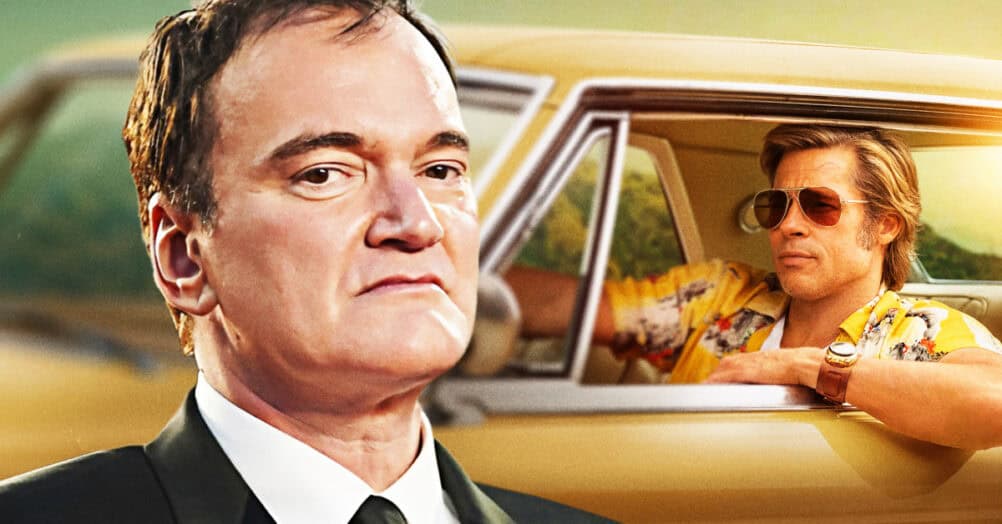

Follow the JOBLO MOVIE NETWORK
Follow us on YOUTUBE
Follow ARROW IN THE HEAD
Follow AITH on YOUTUBE